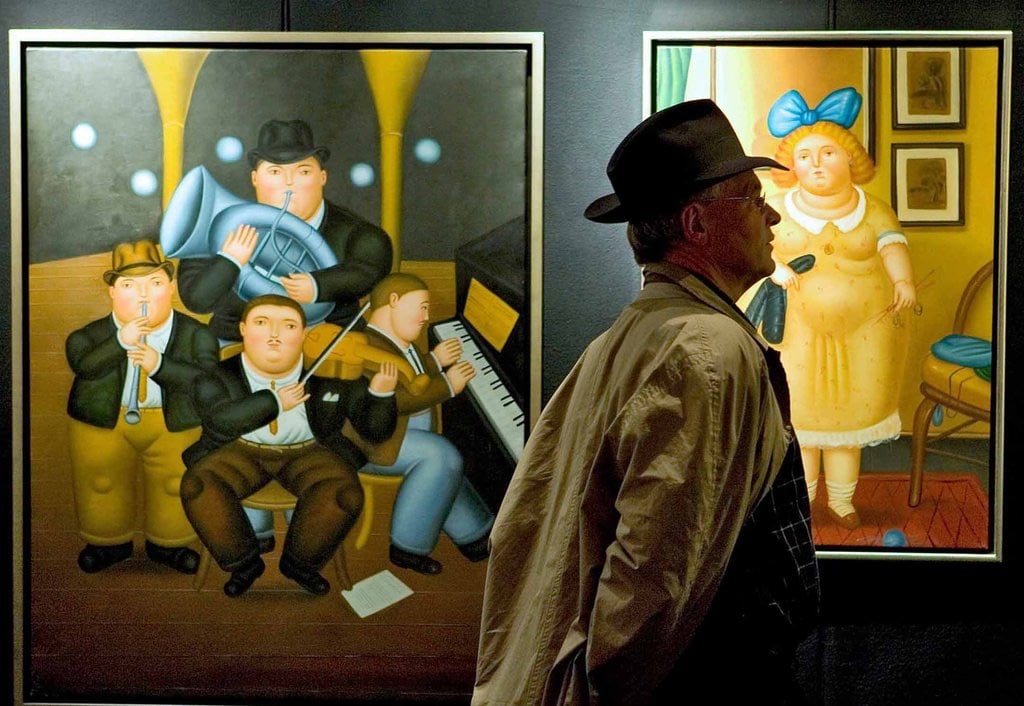The Mind of a Forger

The Atavist’s “Masterpiece Theater,” by Anna Altman, traces the works of an art forger, Geert Jan Jansen (aka, among others, Jan Van den Bergen). Among other notorious works, Jansen forged a Picasso drawing which was thought to have been destroyed in a robbery, then directed a writer to it so the painting could be rediscovered.
Altman spends a fair amount of time chipping away at Jansen’s motives, and those of art forgers in general:
It takes a certain psychology to exploit art’s loopholes: a tendency toward self-aggrandizement, a loose relationship with the truth, and a sense of superiority, particularly vis-à-vis art royalty. Many forgers take a perverse pleasure in thumbing their noses at gatekeeping elites. And forgers can be something of a Rorschach test for the public. The art world, with its exclusivity, money, and pretension, elicits strong, sometimes negative reactions. The idea of someone skilled enough with a paintbrush or pen to fool the rich and powerful can be tantalizing. “To art critics, the forger is a mediocre artist seeking revenge; to the media, a conman interested only in money; to the apologist, he is the equal of the masters he forged; to the public he is often a folk hero,” Wynne writes.
There’s an element of Catch Me If You Can here:
Inside the château, Schoeller found hundreds of artworks that he and the French police suspected were fraudulent. They were attributed to masters like Picasso, Matisse, and Joan Miró. They were arranged in neat stacks, apparently ready for sale. Fake Chagall paintings hung above the stove, drying. Several rooms were designated for a particular artist whose style was being faked. Authorities also found half-finished works, sketches for new ones, contracts with auction houses in Belgium, Switzerland, and New York, and false authentication certificates. Moreover, Van den Bergen had all the tools required to produce fake certificates of authenticity, including a bag full of stamps and 30 vintage typewriters used to approximate typefaces from various time periods. In a dustbin were strips of paper cut from forged certificates to eliminate watermarks, which might have given away the documentation’s true age.
But the tools of the craft, the seams in the story, might always be more interesting than penetrating whatever depths are in the characters at work:
Strategy, or deciding what kind of art to fake, is also key. Potentially blockbuster works—oil paintings by Michelangelo, say, that might be worth tens of millions of dollars—are likely to be put through the authentication wringer. Less prized items are not. Prints, works on paper, and gouaches (opaque watercolors) usually sell for less than $10,000 and pass through small auction houses and dealers. It’s much easier to elude detection when the stakes, relatively speaking, are low.
That may have been one reason Van den Bergen forged the types of works he did—smaller-scale compositions on paper rather than oil paintings. But he may have had other, more personal motives. Among the paintings recovered from the château were large-format abstract canvases, filled with geometric shapes in shades of lime green and orange. They were originals of the artist, and Schoeller wasn’t impressed. “He’s a perfect craftsman but not an artist,” the investigator told the Stuttgarter Nachrichten. “He has no style of his own.” Perhaps that’s why he’d become a forger in the first place—an abundance of artistic ambition without the vision to realize it.





Stay Connected